The Colosseum is one of the most emblematic monuments to visit in Rome. It was the largest amphitheater in Roman times, with a capacity of over 50,000 spectators. As the most famous symbol of Ancient Rome, the Colosseum is really worth a visit.
As for the ticket, we had free entry, without queuing, with the city pass. In addition to the entrance to the Colosseum, the entrance to the Roman Forum and the Palatine Hill is included for 24 hours.
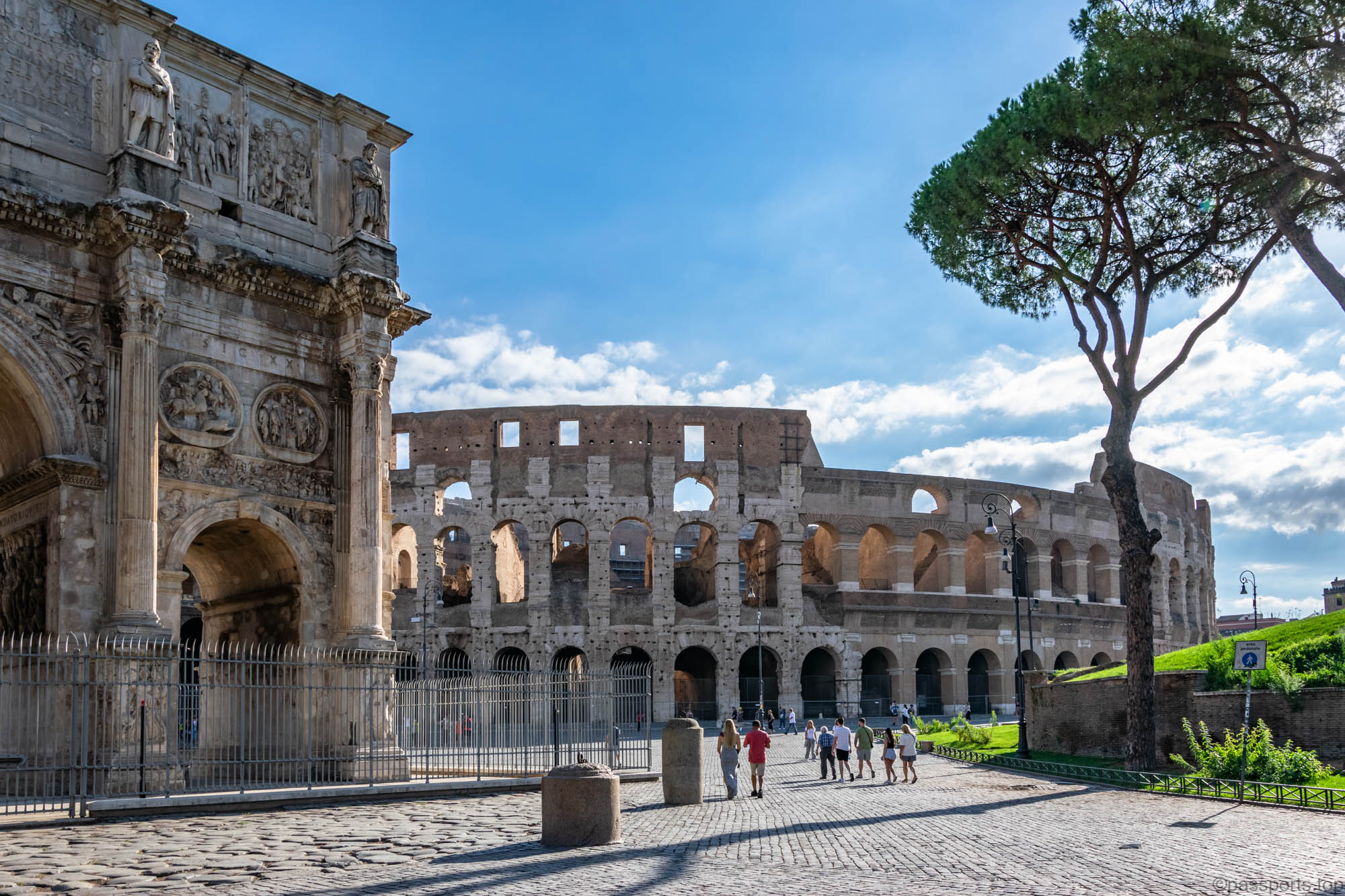
You can enter the Colosseum at the set time, written on the ticket, while you can go to the Roman Forum at any time, the ticket being valid for 24 hours. You have to buy the ticket in advance, so as not to waste a lot of time standing in line. In the middle of the tourist season, huge queues form, and the waiting time reaches up to 2 hours. Tickets start at €18/person.
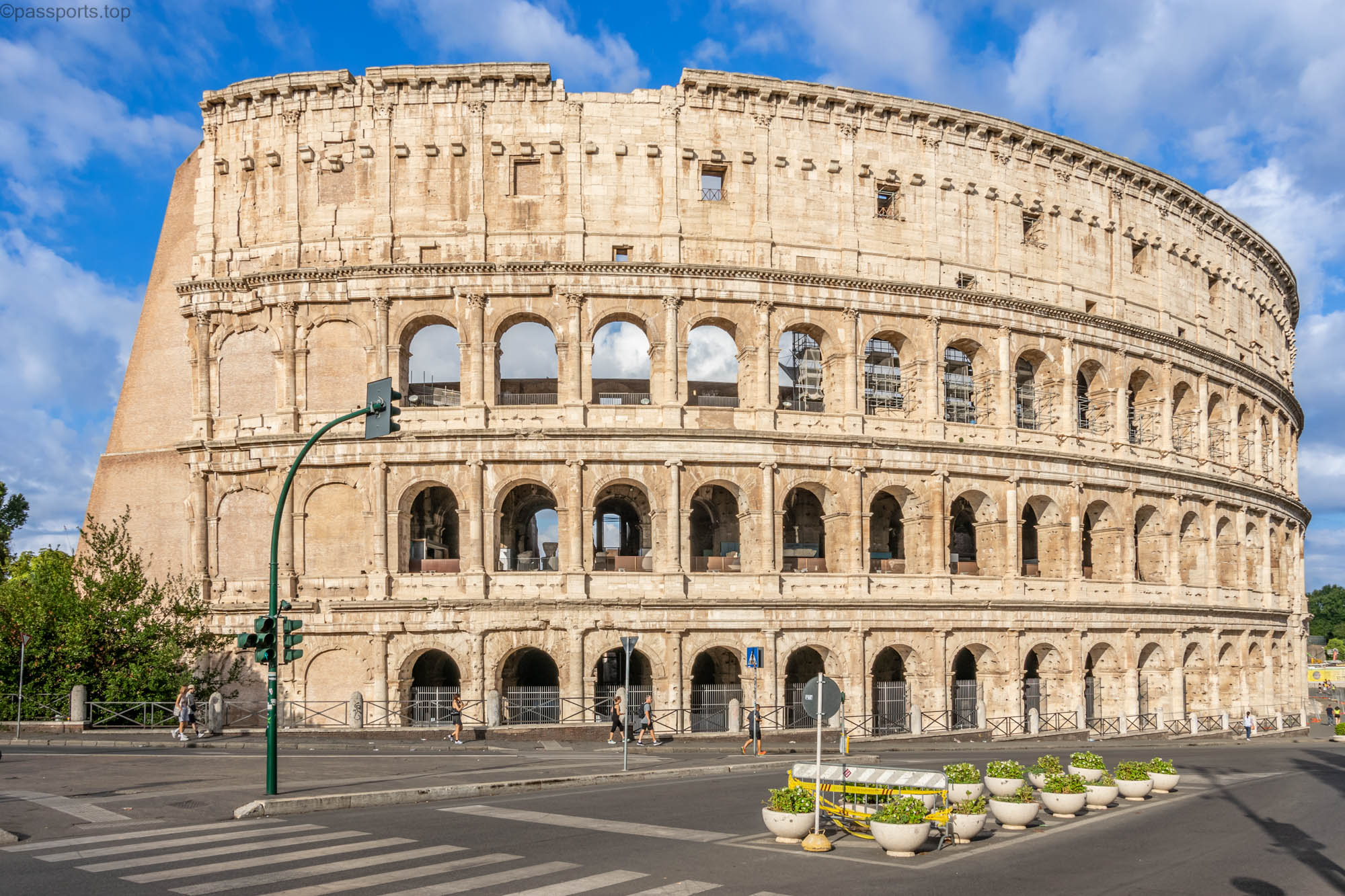
Originally known as the Flavian Amphitheater, the Colosseum was built between AD 72 and 80. Numerous sporting events and gladiator fights were held here for half a millennium. In addition, this place also recalls other tragic events, such as the persecutions against Christians during the Roman Empire.

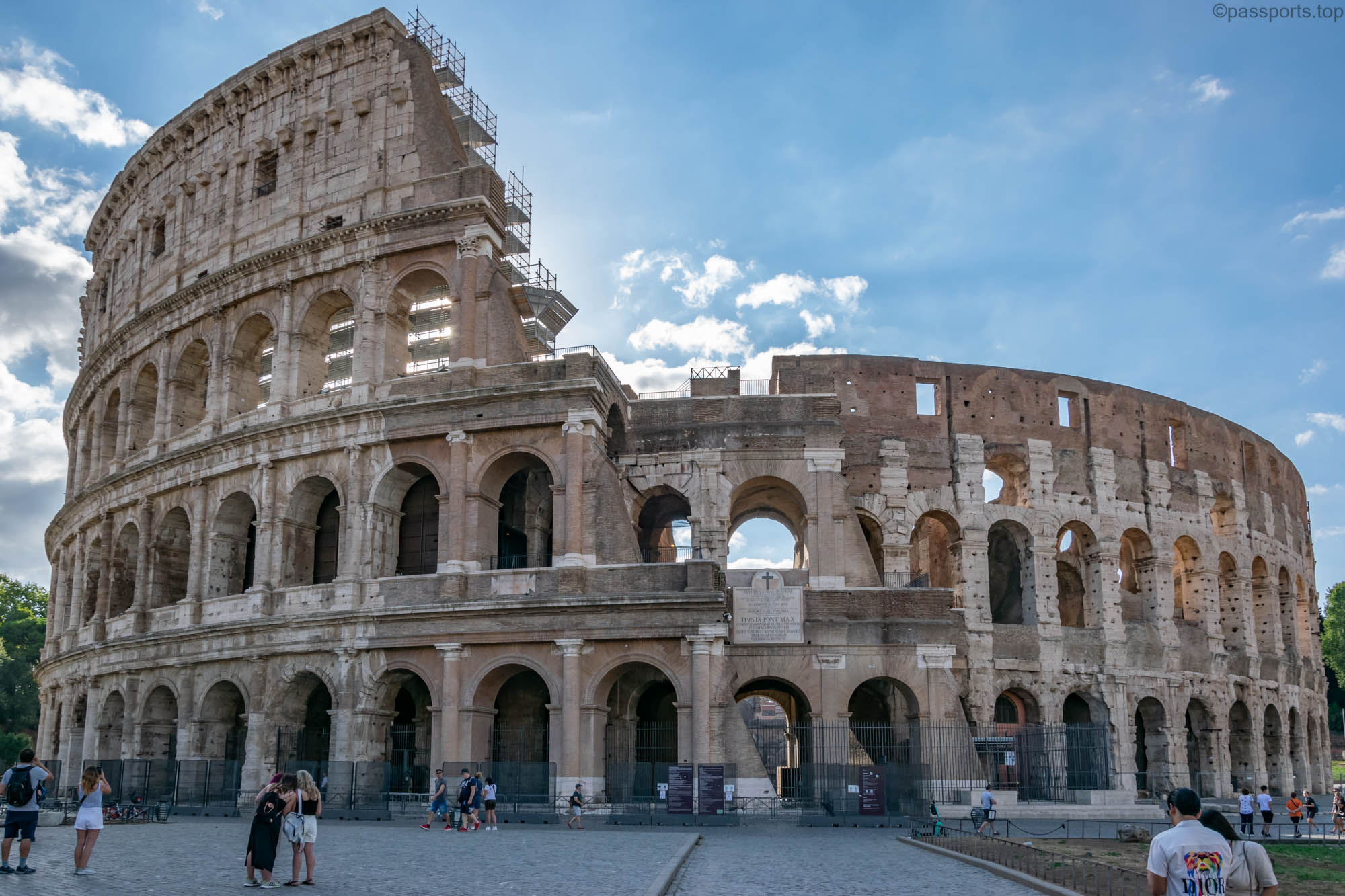
The earthquake of 1349 caused severe damage to the Colosseum, with the southern exterior collapsing.
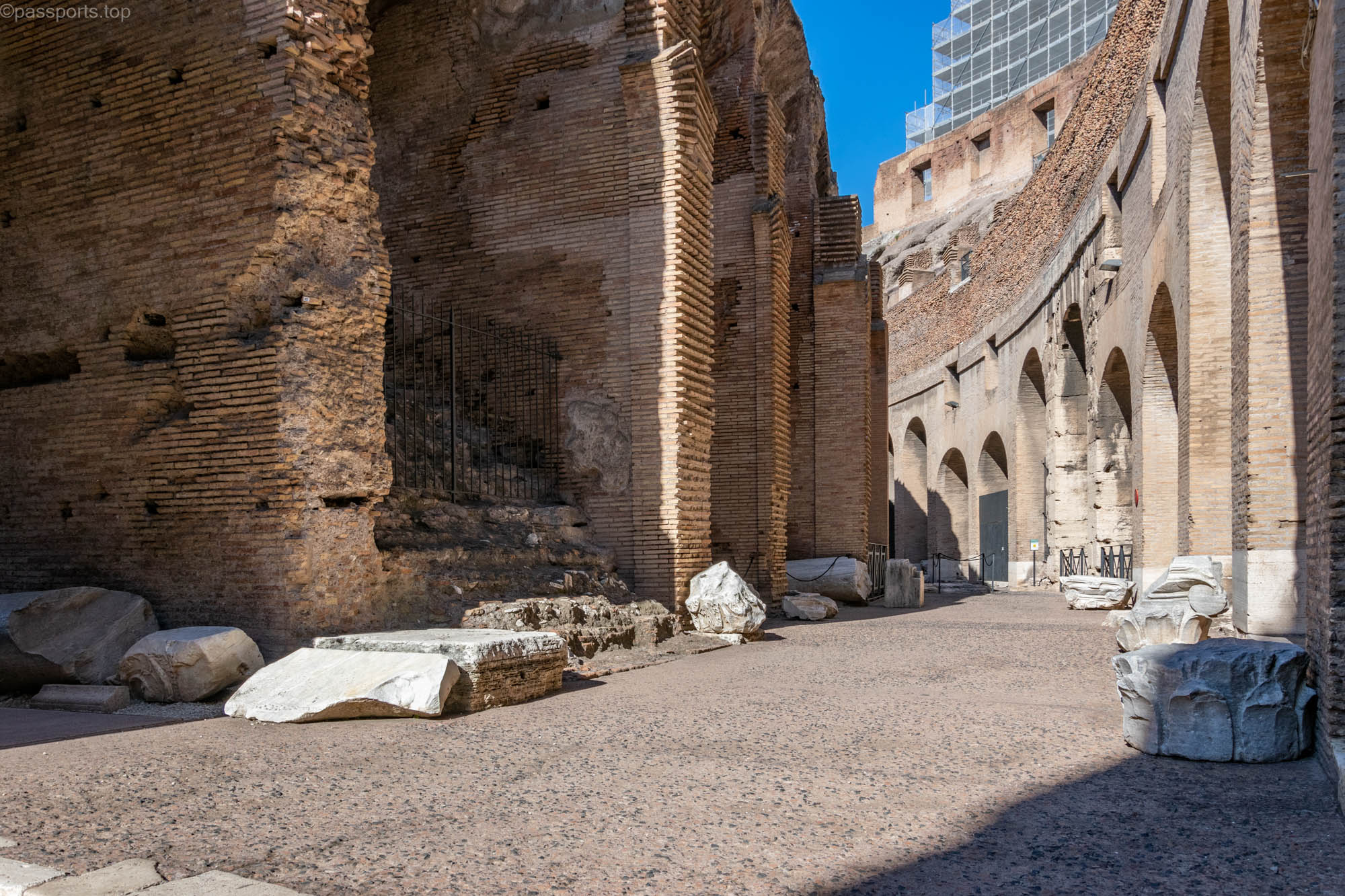
Much of the collapsed stone was reused to build palaces, churches, hospitals and other buildings in Rome, including St. Peter’s Basilica in the Vatican.
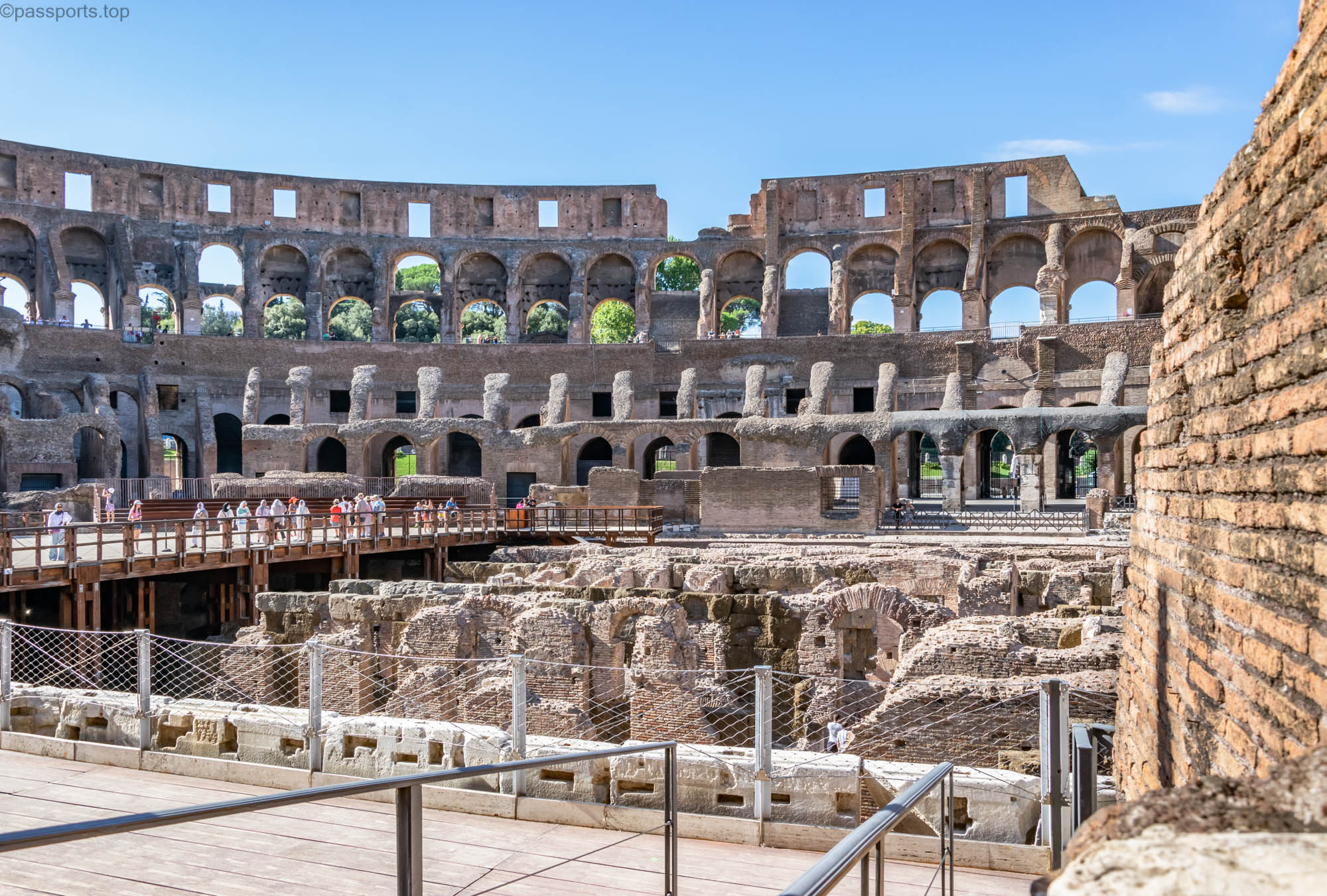
Today, the Colosseum remains the emblem of Roman civilization, a work of architecture that has endured for so many millennia, even though many parts have fallen down and some have been rebuilt.
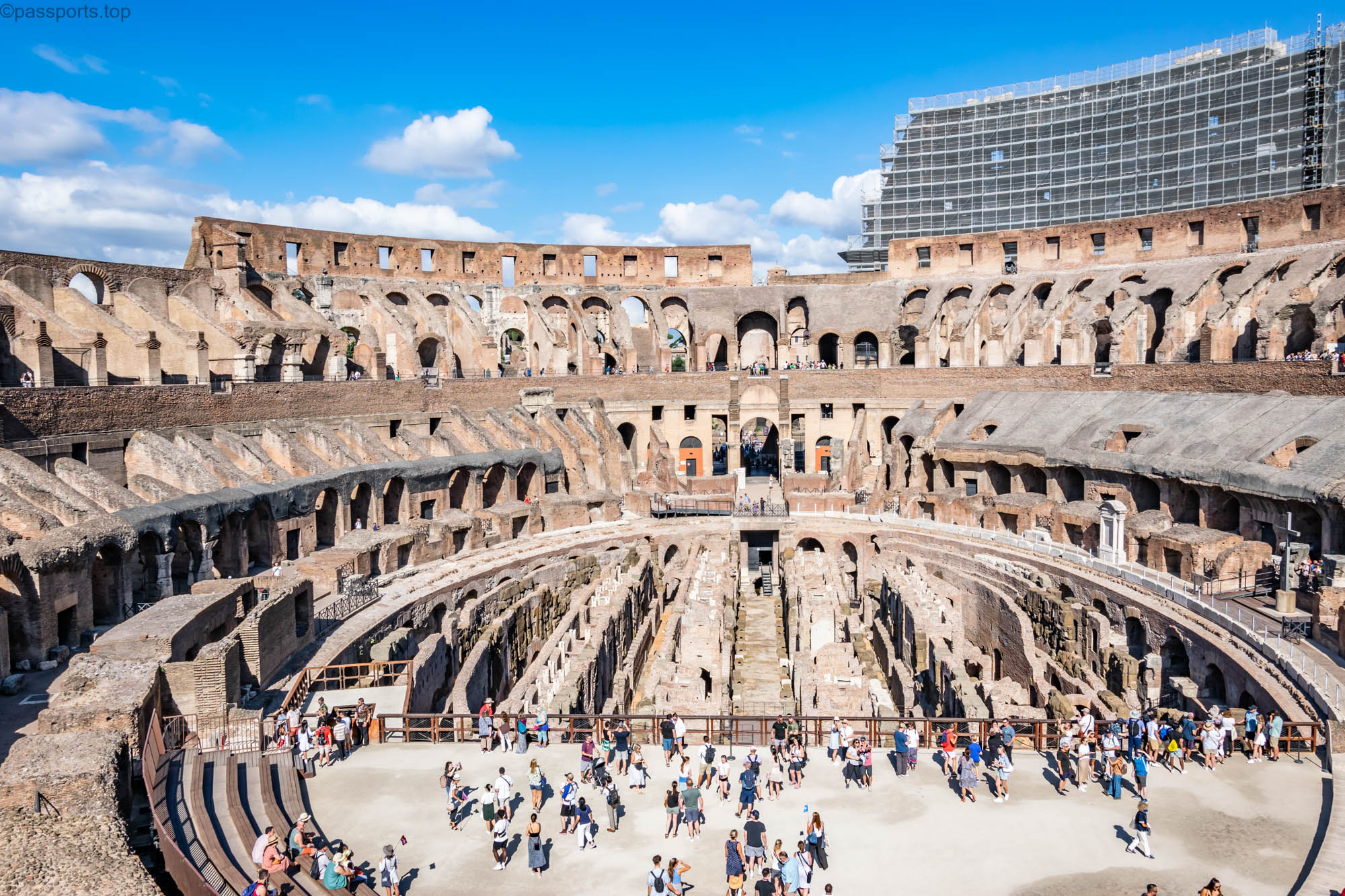
Near the Colosseum is the Arch of Constantine (Arco di Constantino). Dedicated to the great emperor Constantine to celebrate his victory at the Battle of the Milvian Bridge, the arch is the largest of its kind in Rome.
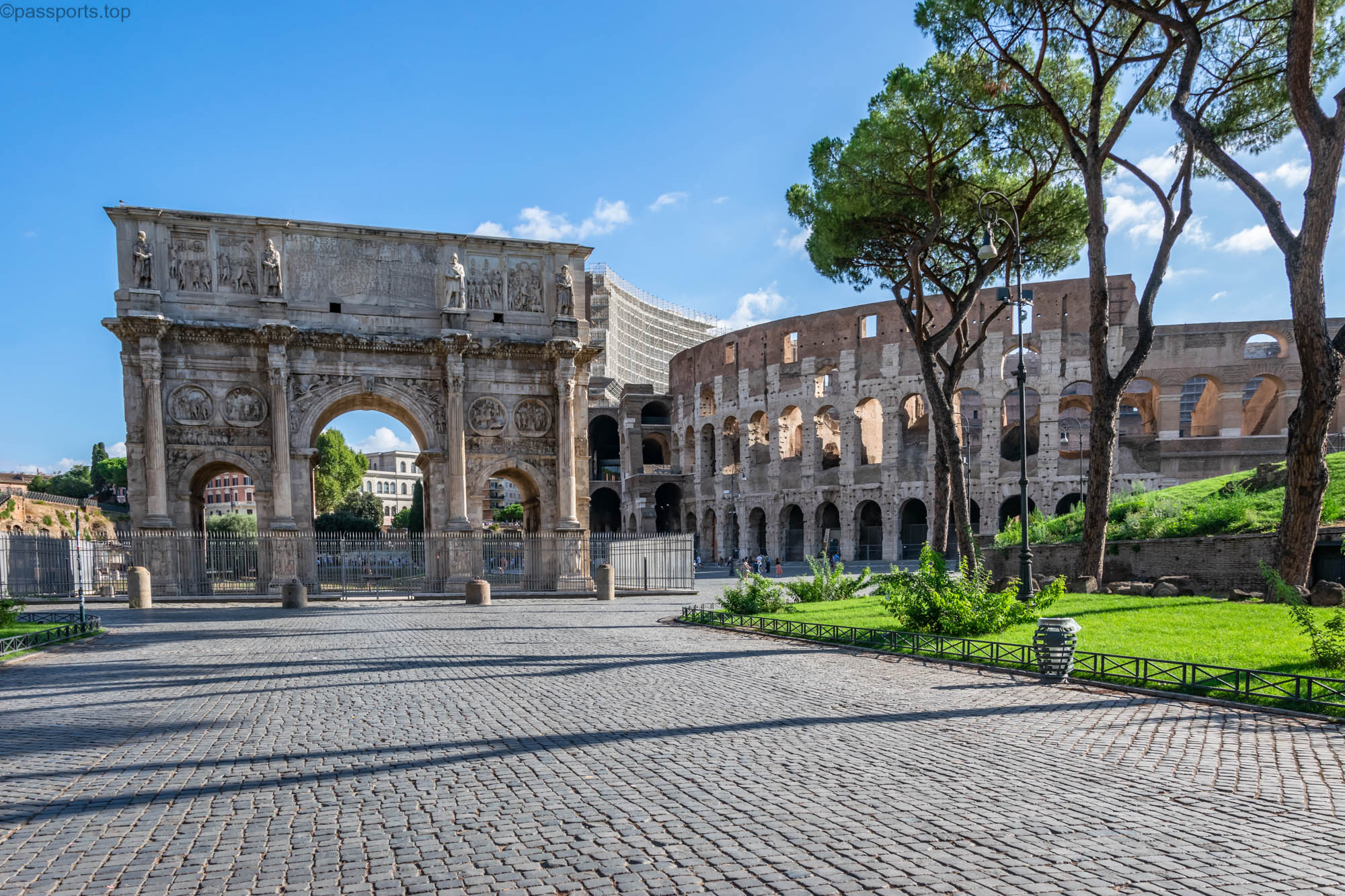
On the main fronts of the arch and on the sides there are reliefs from the era of Trajan, Hadrian, Marcus Aurelius and finally Constantine.
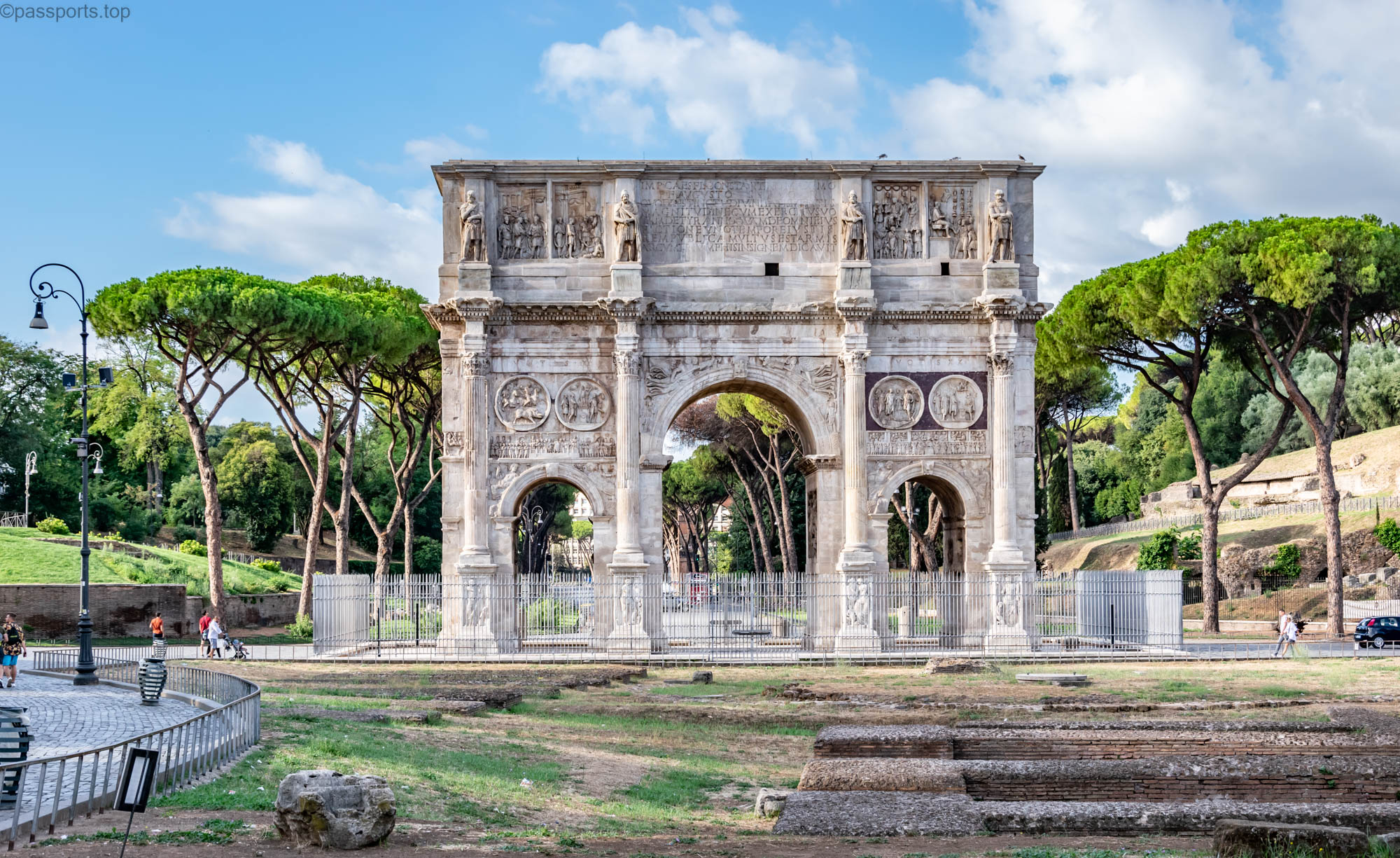
The location, between the Palatine Hill and the Caelian Hill, includes the Via Triumphalis – the ancient route that the emperors followed when they entered the city after winning a battle.
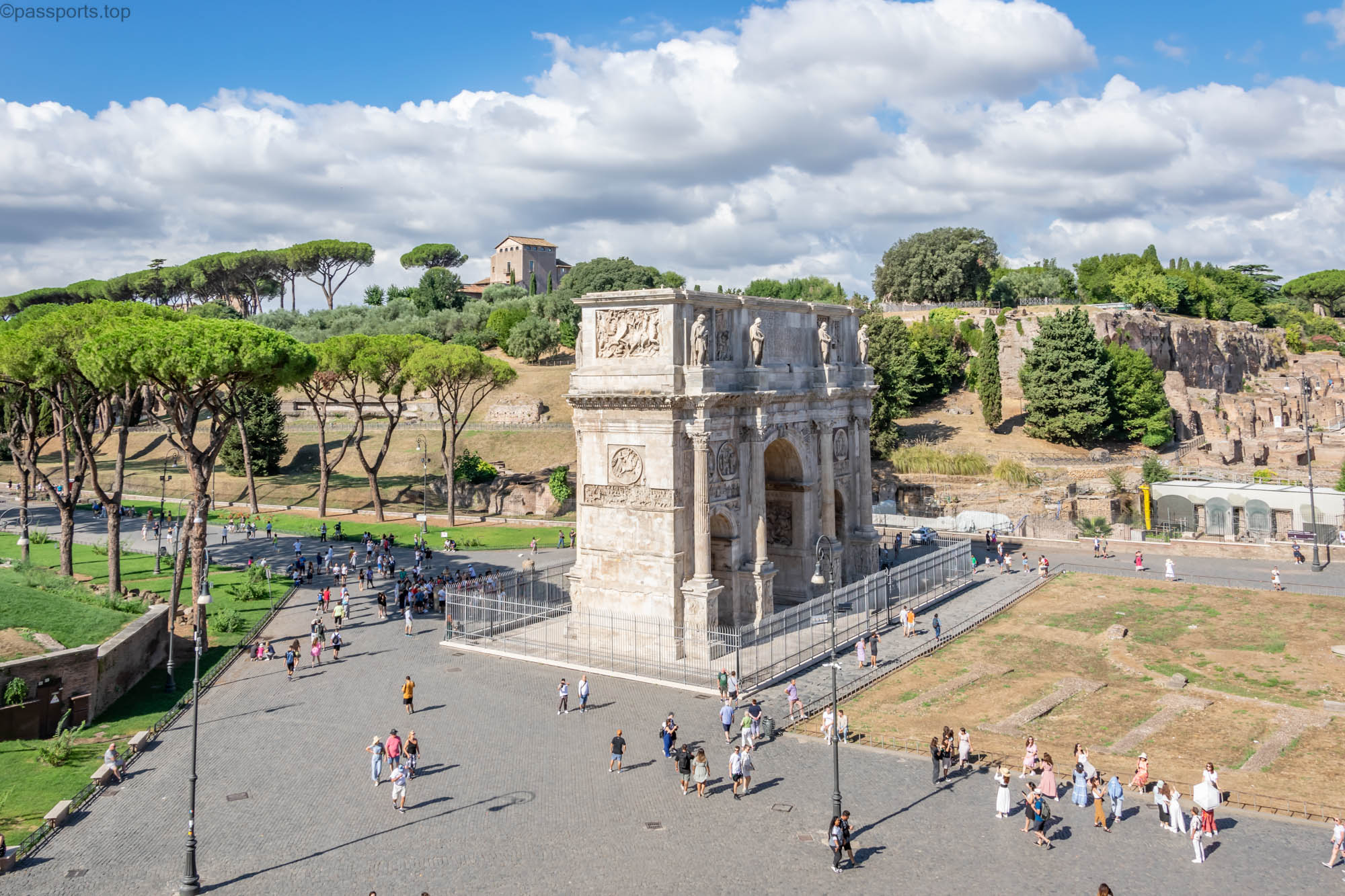
The Roman Forum (Foro Romano) was the center of the old city, here today you can still see the ruins of the administrative buildings and the ancient squares. With its complex system of buildings and temples, this area was central to commercial and religious life during the heyday of the Roman Empire.
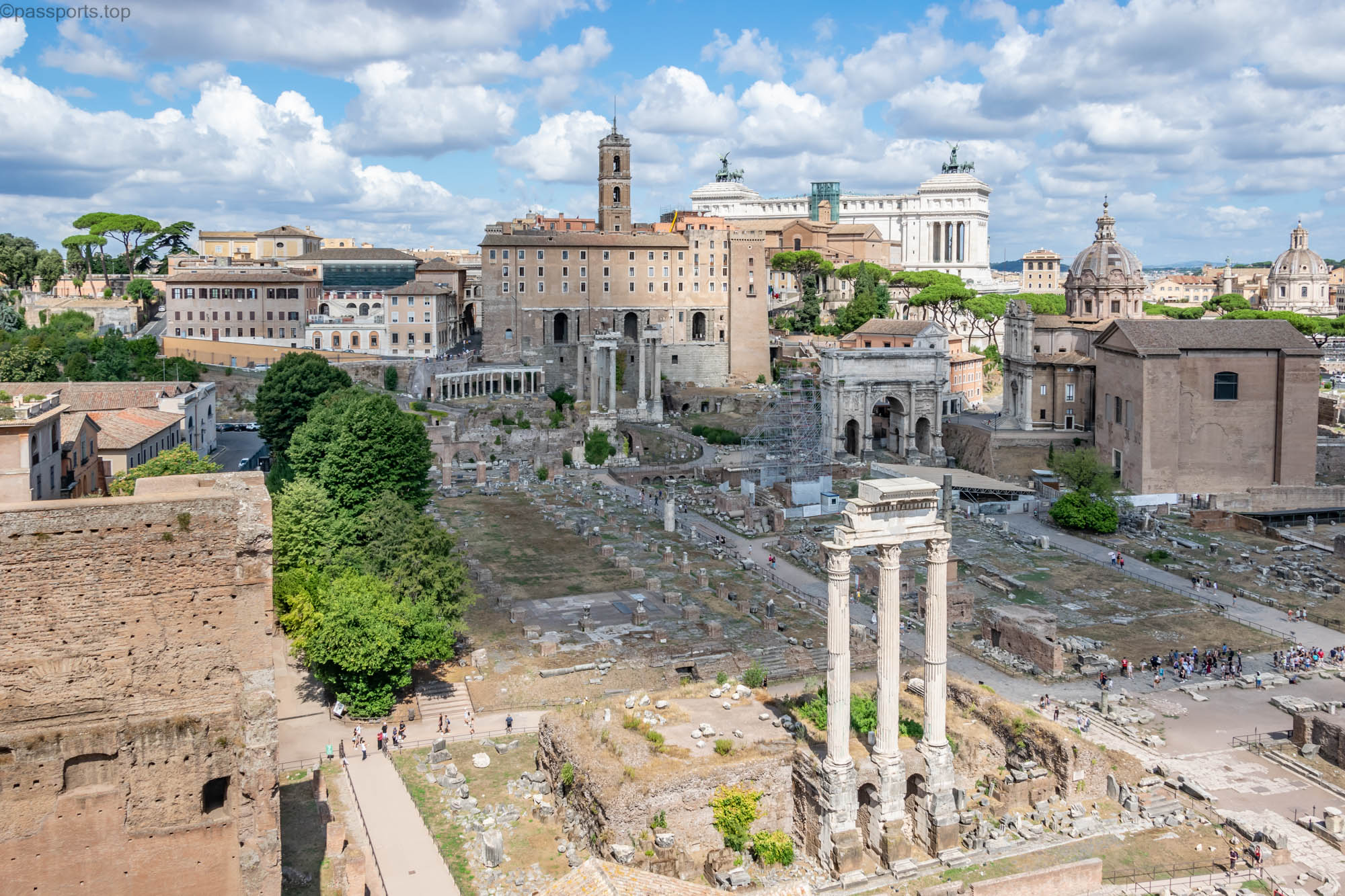
Established as a necropolis, this once swampy valley housed some of the most significant monuments. You can see over sixty monuments, temples, arcades and columns, including: the Curia Iulia (the building where the Roman Senate met for administrative decisions), the Temple of Vespasiano, the Arch of Septimius Severus, the Temple of Saturn, the columns of the Temple of the Dioscuri or the Temple of Venus.
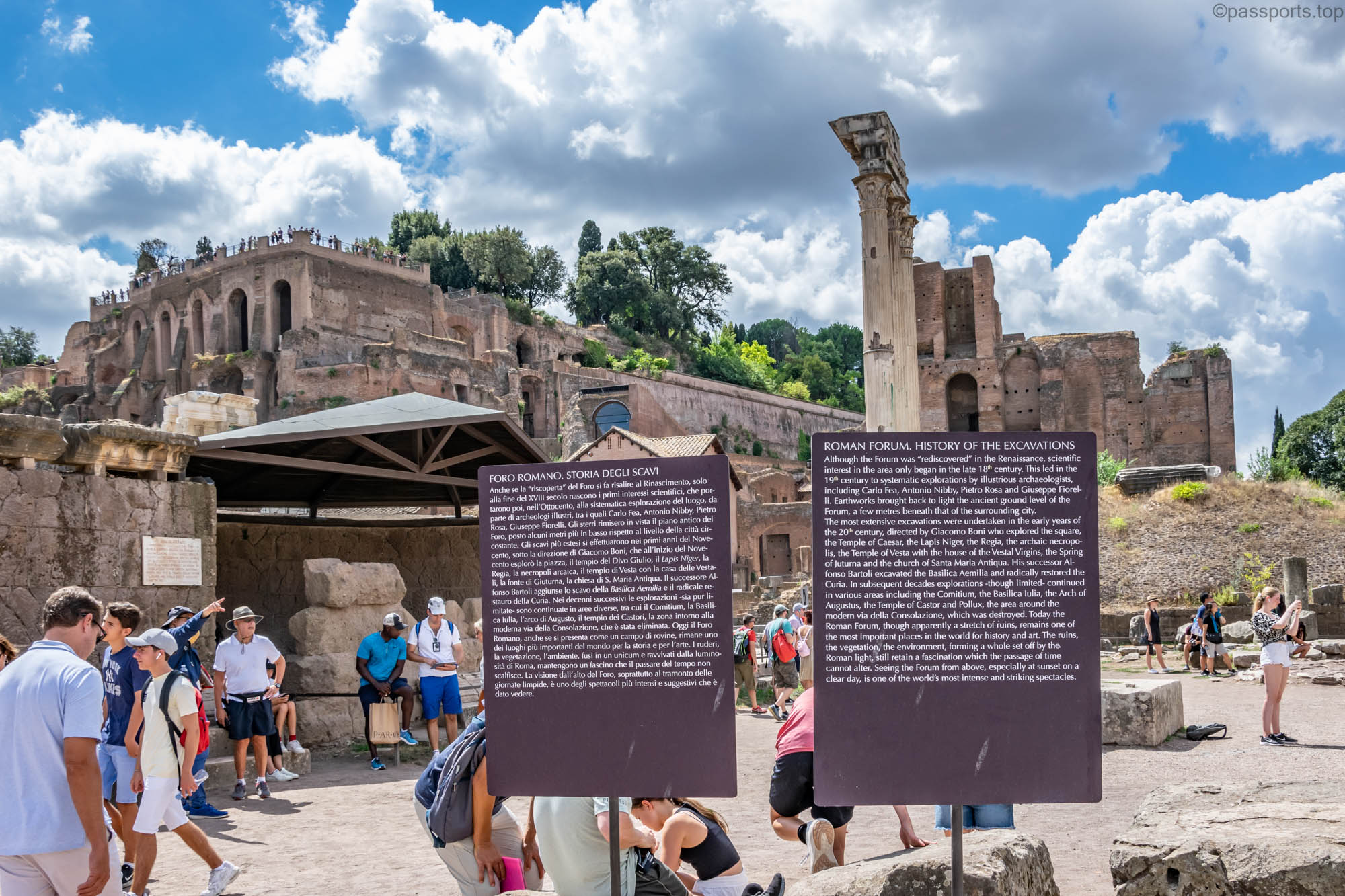
Unfortunately, many buildings were damaged by earthquakes or thefts, but also by the construction of palaces and churches where the remains of the old buildings were used.
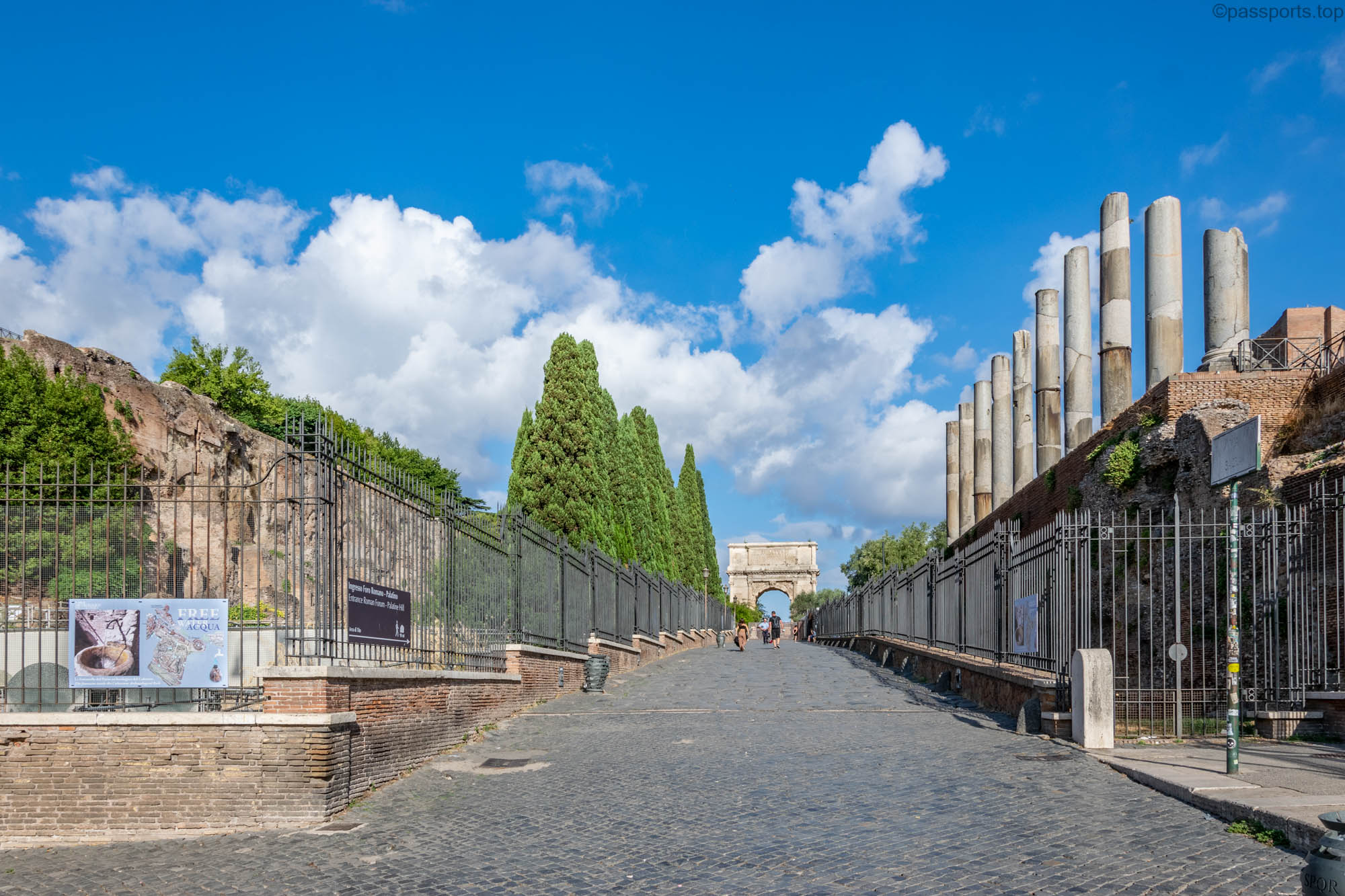
The Roman Forum can be reached from the Colosseum via the Via Sacra – one of the oldest roads in Rome. The name “sacred street” comes from the many temples and churches that line it.
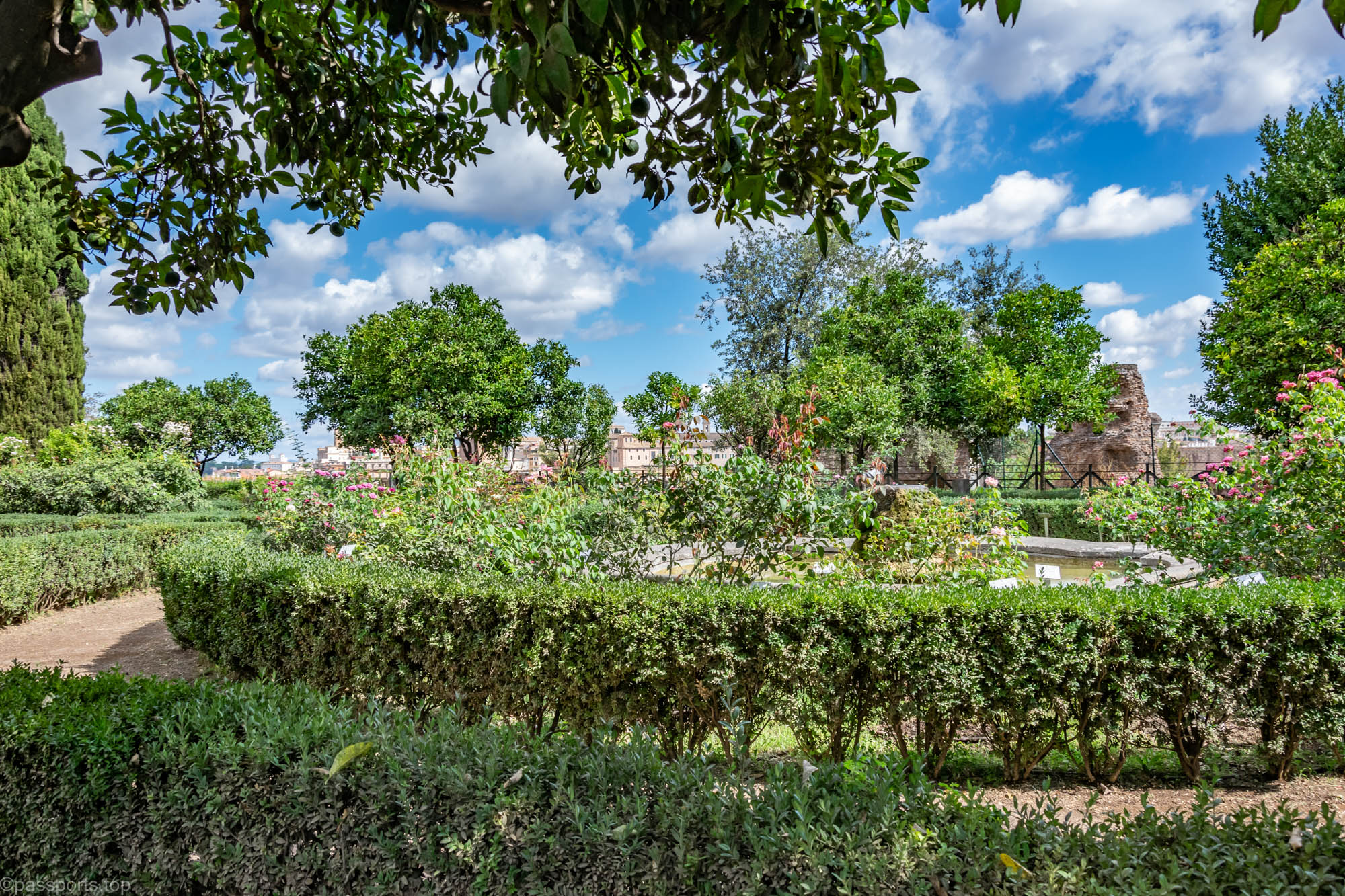
From the Roman Forum you can easily enter the Palatine Hill. It is one of the 7 hills on which Rome is built. It is said to be where Remus and Romulus were found by the she-wolf Lupa who nursed them in a cave called ”Grotta del Lupercale“. When Romulus grew up, he chose this place where the foundation of Rome began.
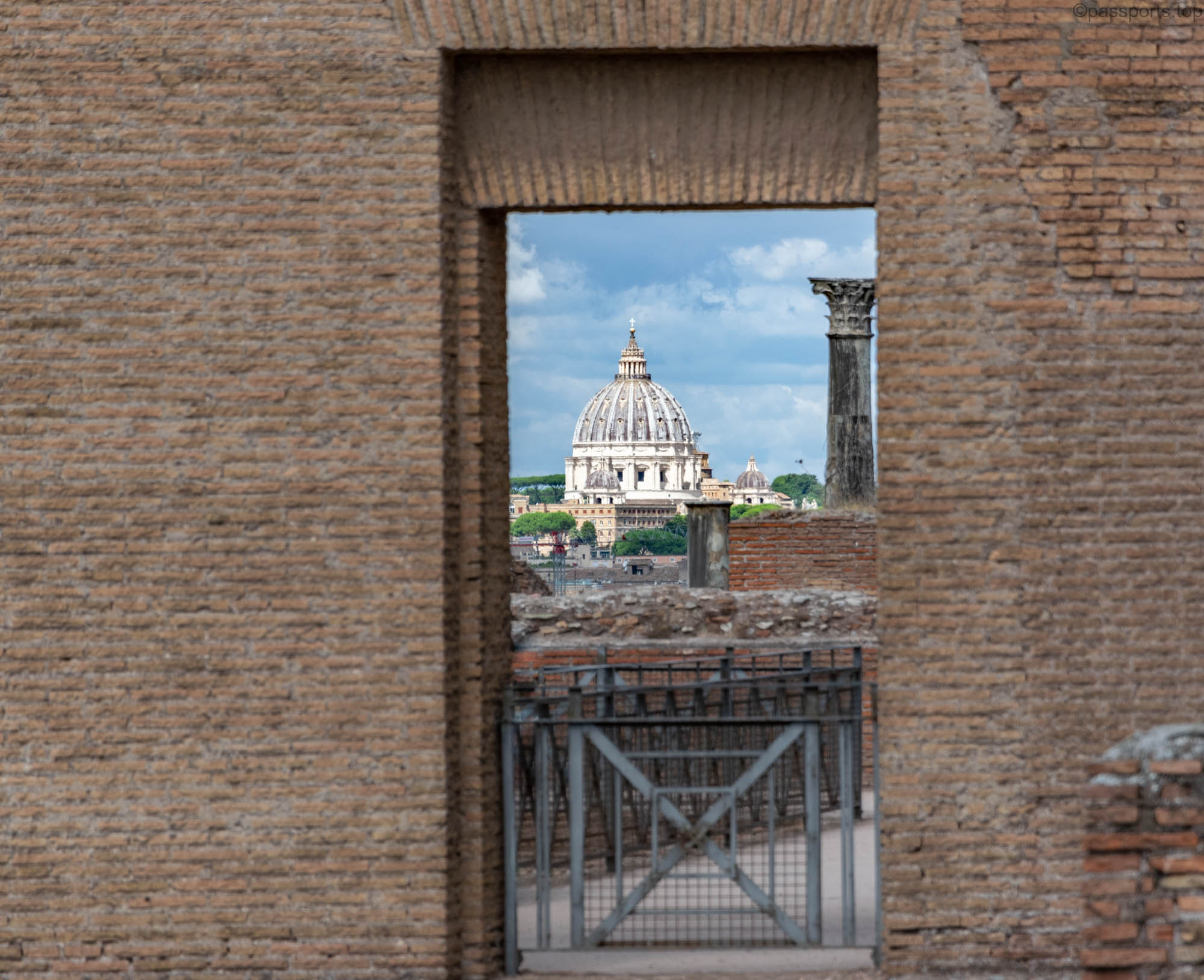
The Palatine Hill is an open-air museum that preserves remains of Iron Age settlements. It was also a residential district of the Roman aristocracy, hosting the houses of the most important Romans, such as Cicero, Crassus, Augustus or Tiberius.
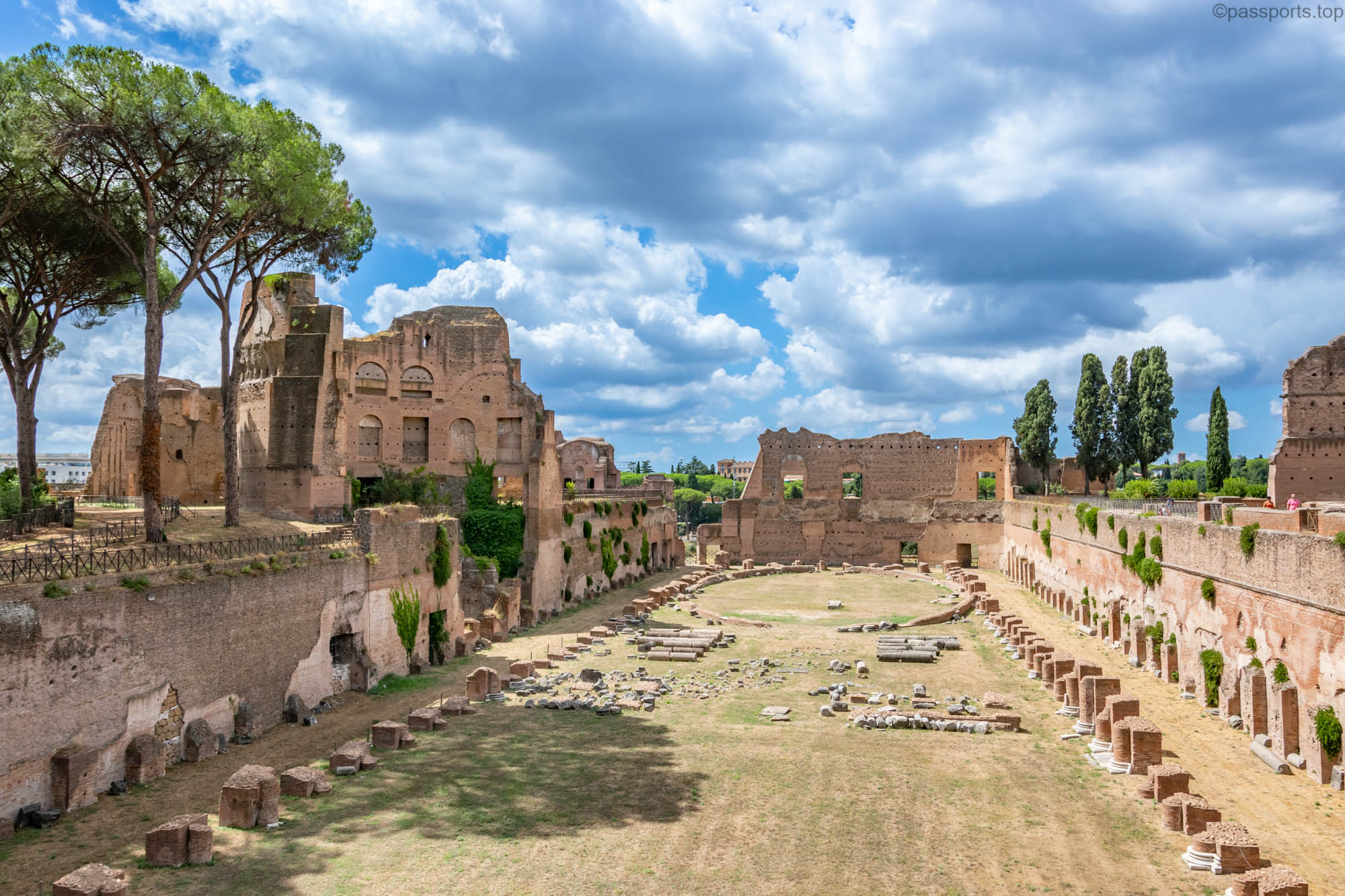
The site is dominated by Domitian’s Palace (Domus Augustana), which was largely rebuilt during Domitian’s reign over Nero‘s earlier buildings .
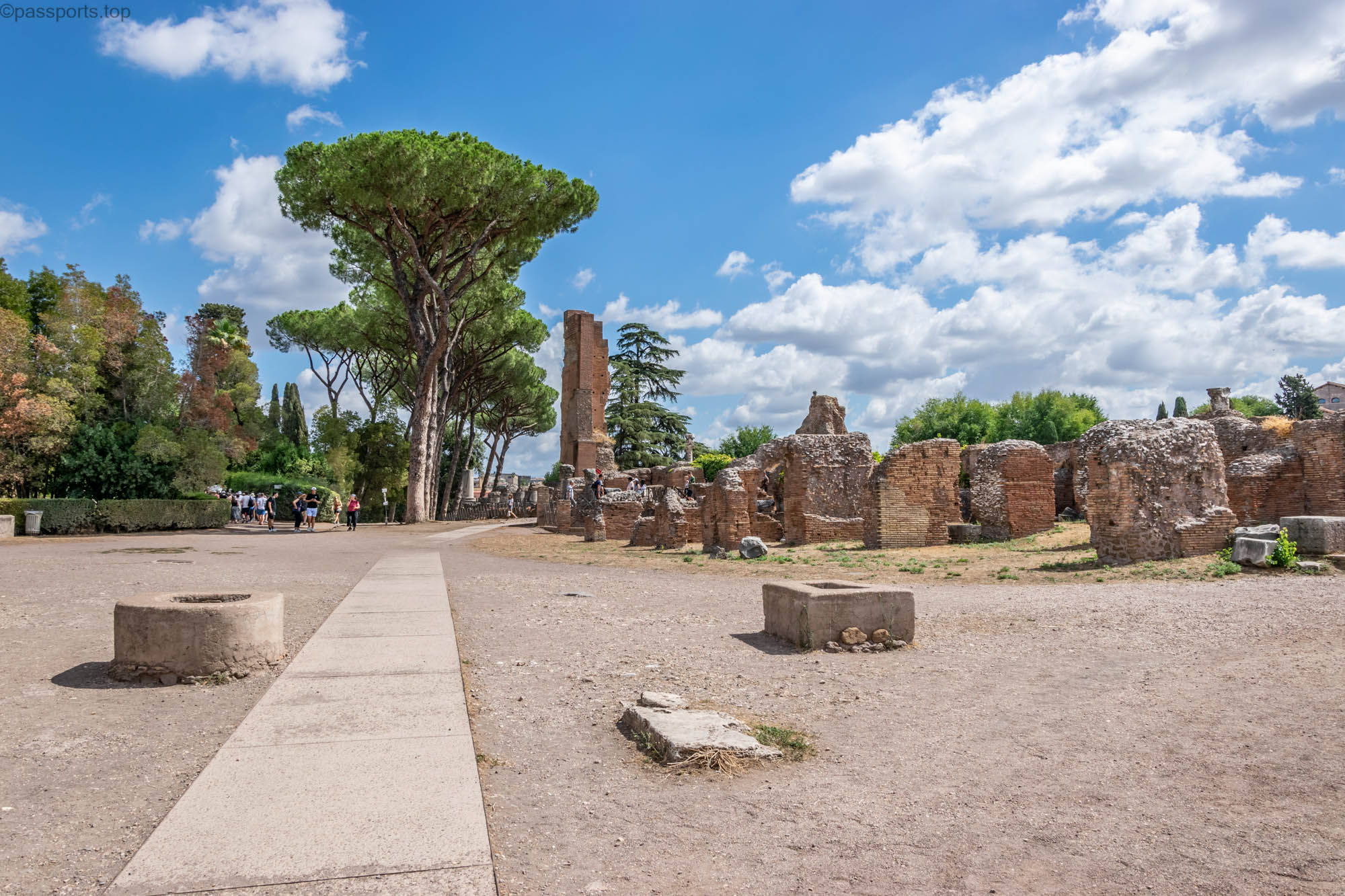
Further excavations on the hill revealed a collection of huts believed to have been used for funerary purposes between the 9th and 7th centuries BC.
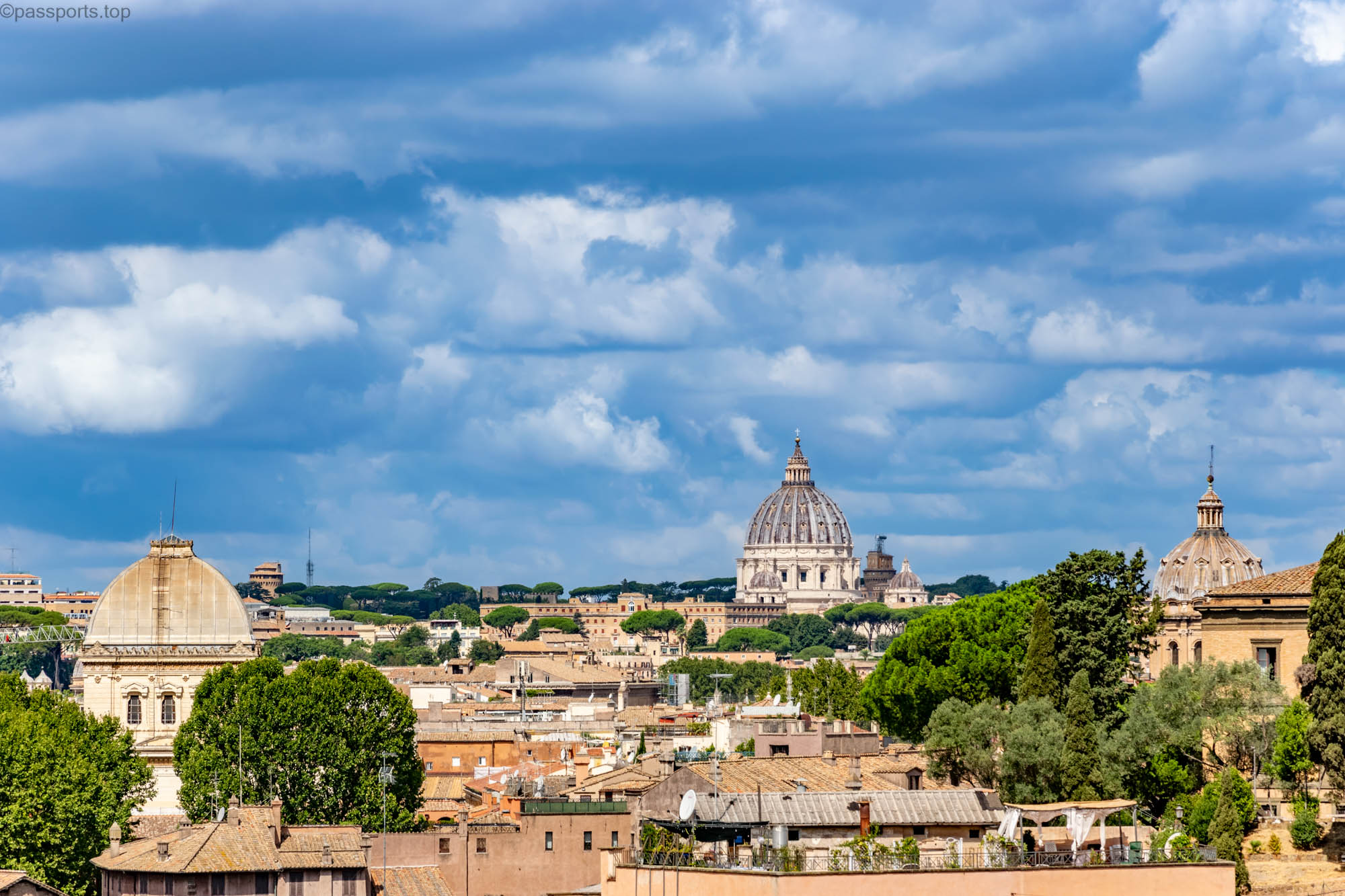
From Paltine Hill you can admire the Roman Forum and Colosseum, but also Piazza del Colosseo, St. Peter’s Basilica or Foro di Traiano.
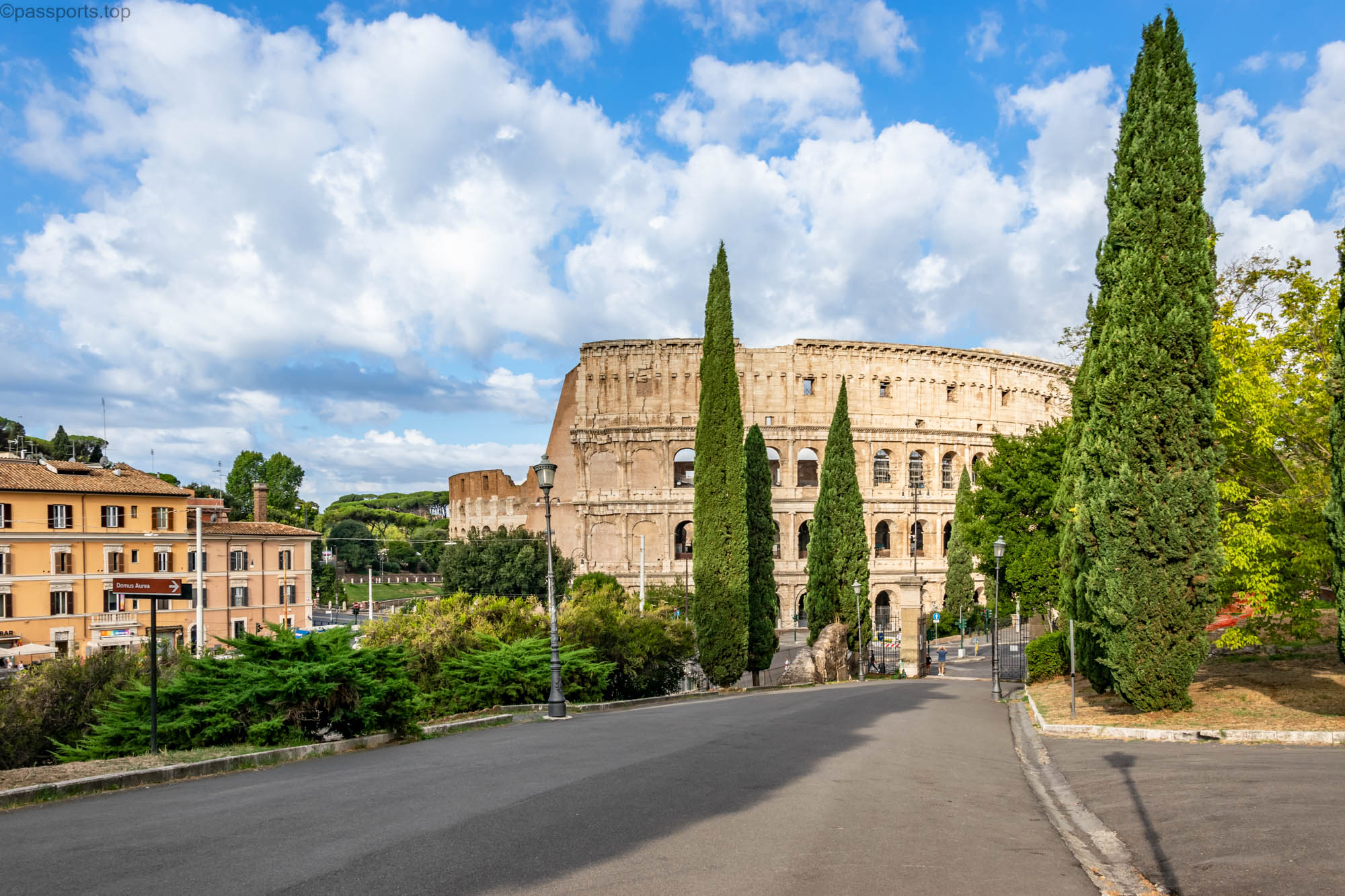
How do you get to the Colosseum?
The Colosseum is located in Piazza del Colosseo. It can be reached by public transport, because there is limited car traffic in the center of Rome. You can take metro line B or B1 and get off at the Colosseo station.

Alternatively, you can choose one of the following bus routes: 60, 75, 85, 87, 271, 571, 175, 186, 810, 850 and C3.
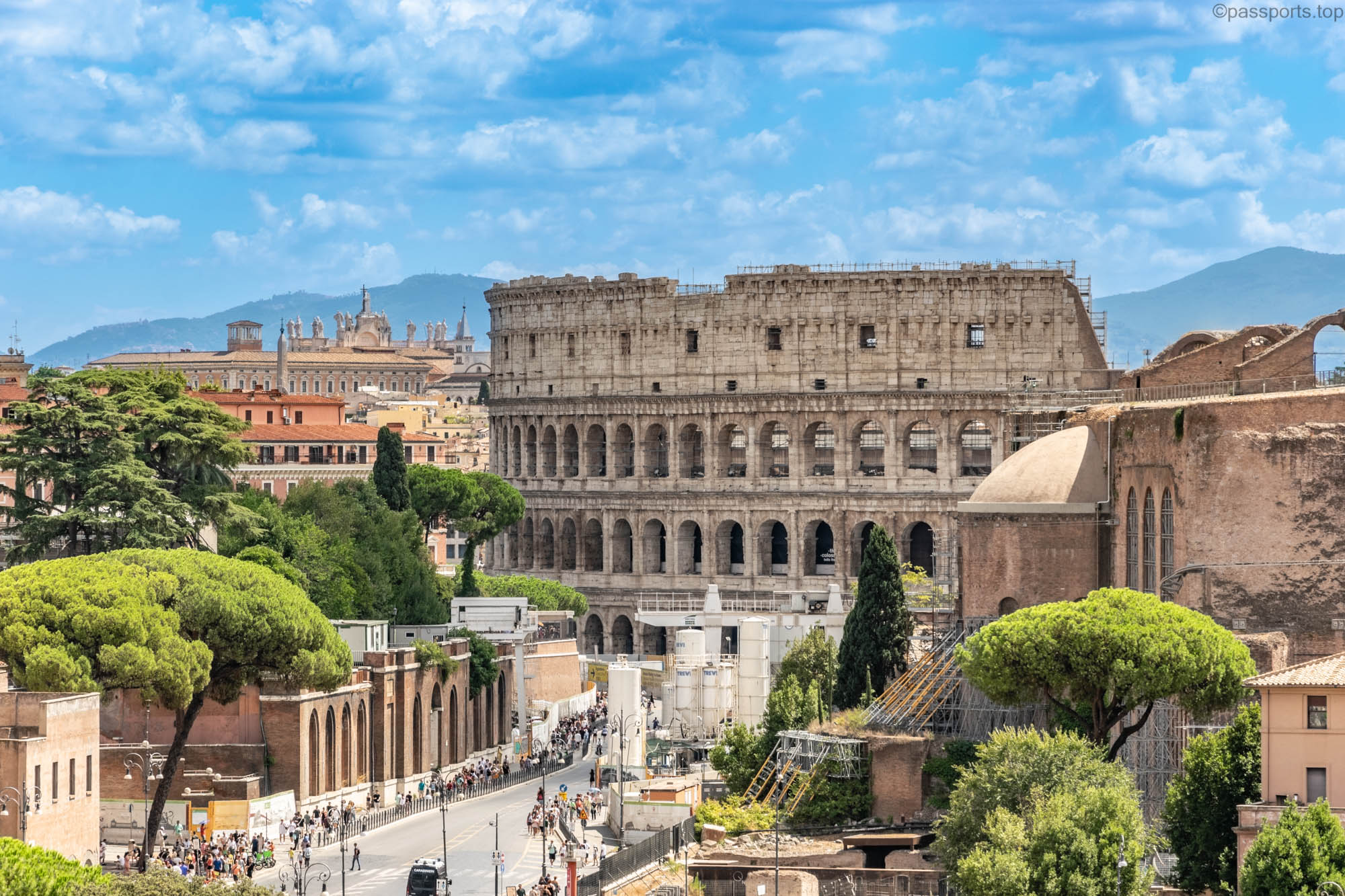
How much is the admission?
The entrance ticket to the Colosseum, which also includes entrance to the Palatine Hill and the Roman Forum, costs €18/person, and European citizens between the ages of 18 and 25 can benefit from a discount (on the basis of an identity document certifying age).
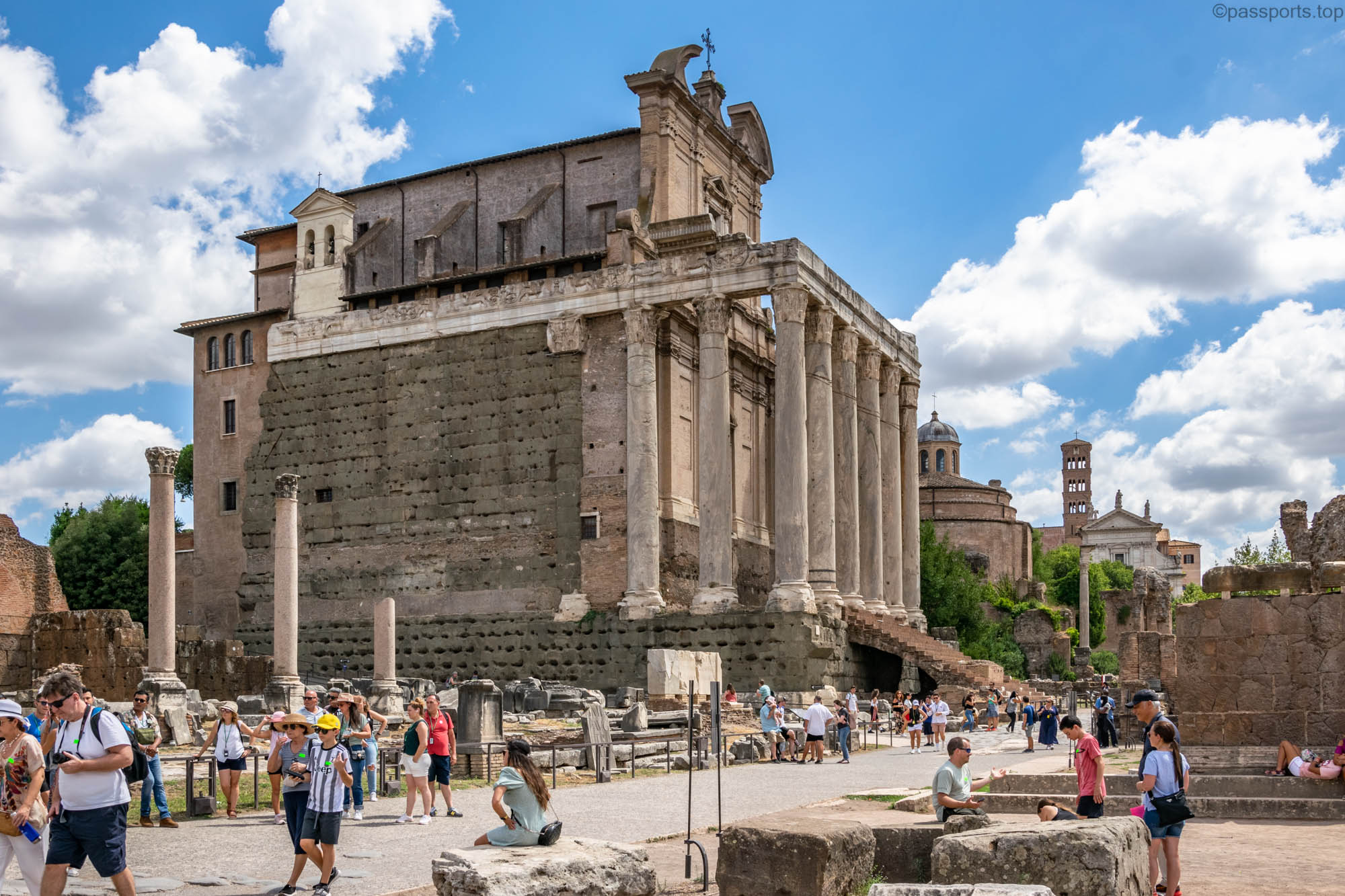
For European citizens under age of 18, the entry is free. In addition, every first Sunday of the month, admission is free.

More details and prices for guided tours can be found on the official website of Parco Colosseo.
To read which places we have visited in Rome, read here the article in which we made a top 30 of the most important objectives.
(Colosseum – August 2022)

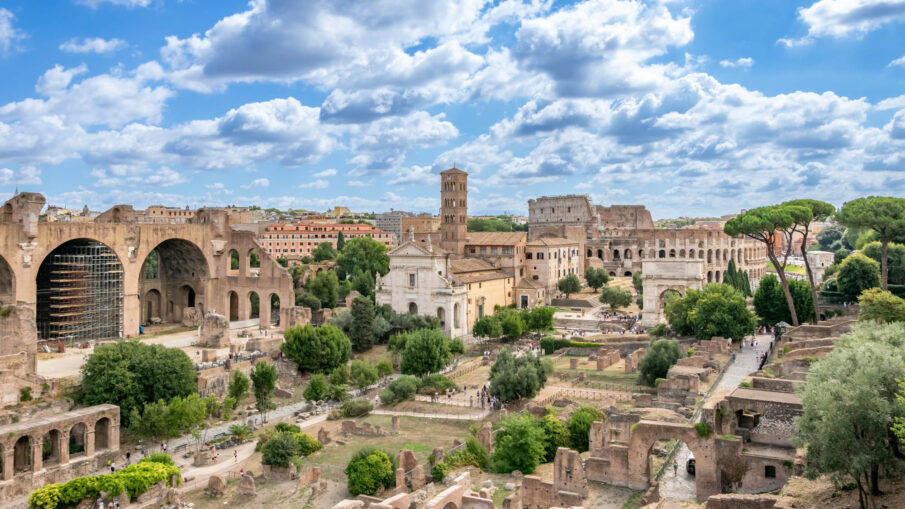
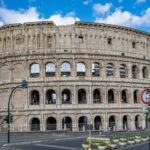
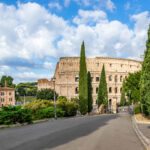
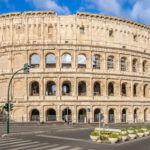
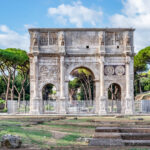
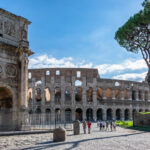
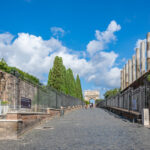
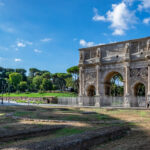
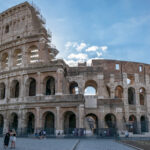
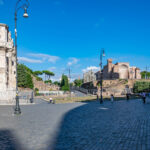
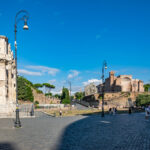
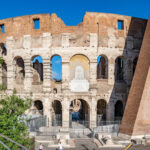

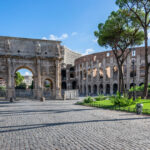
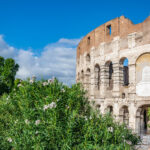
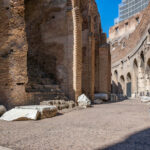
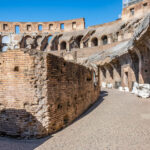
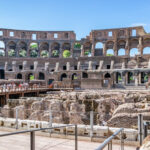
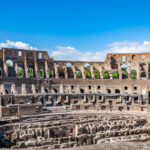
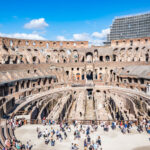
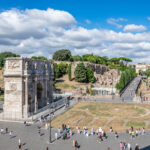
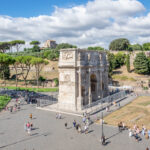
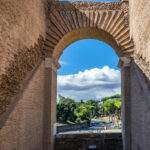
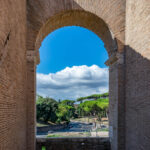
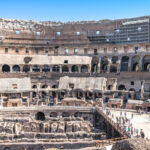
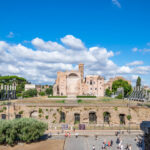
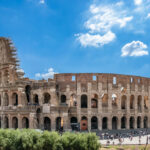
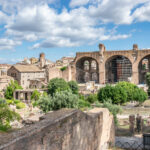
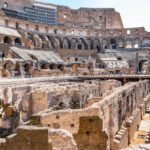
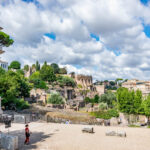
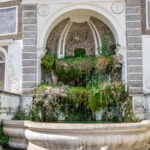

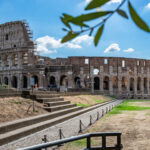
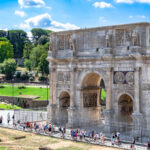
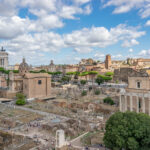


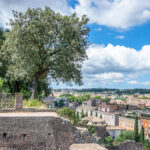
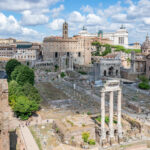
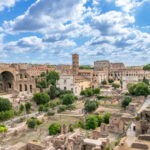
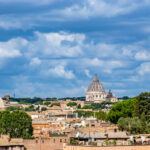
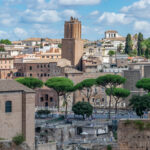
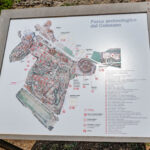
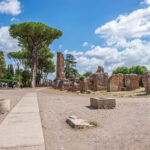
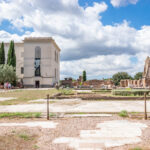
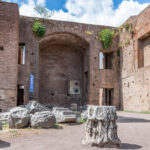
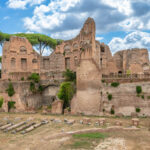
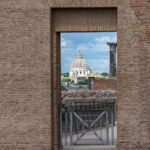
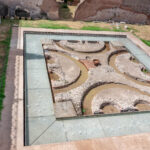
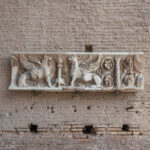
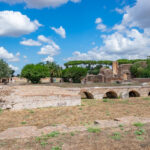
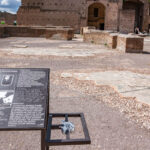
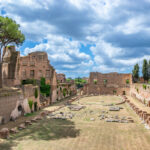
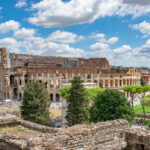
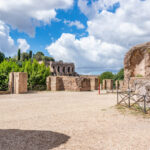
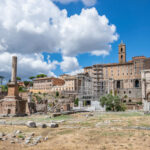
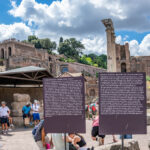
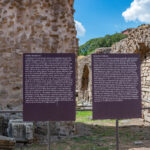
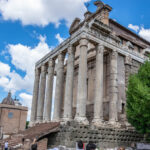
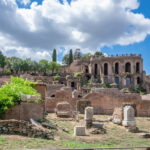
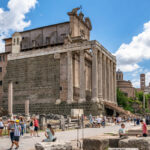
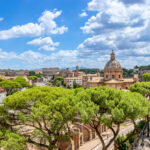
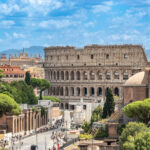
Leave a Reply